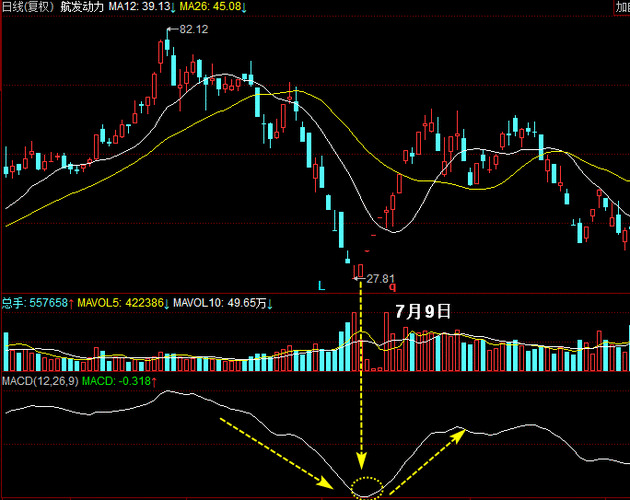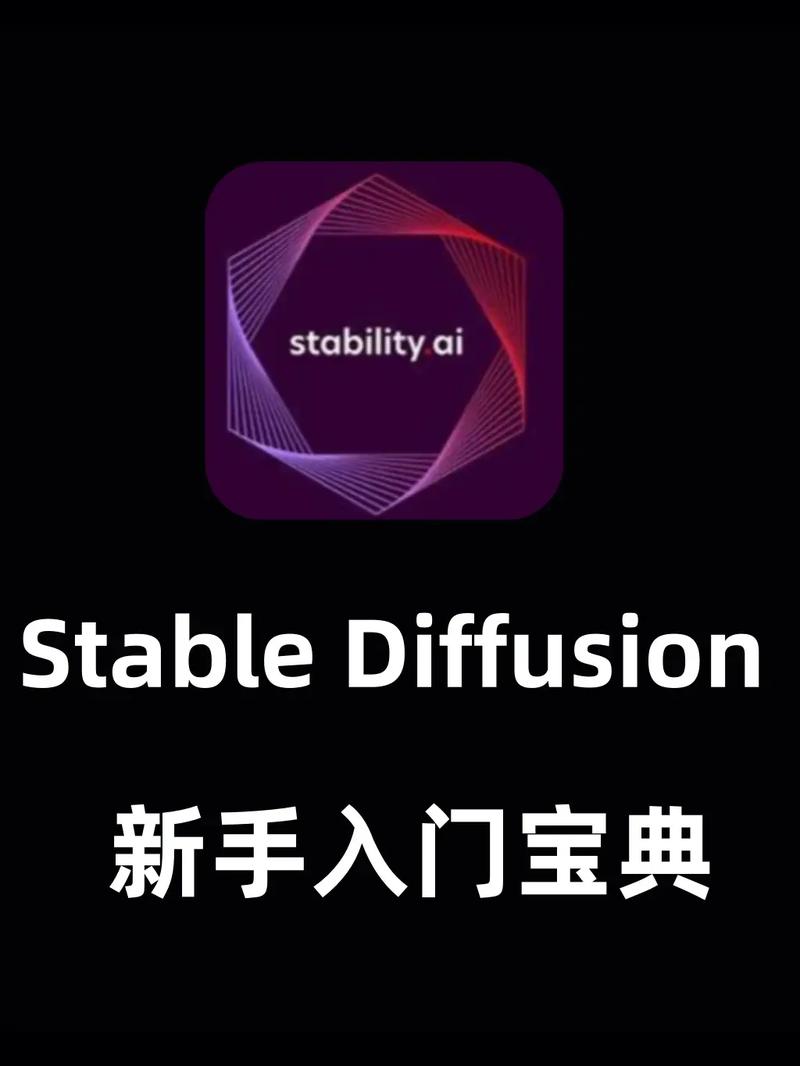
Understanding the Basics of ETH
ETH, or Ethereum, is a cryptocurrency that has gained significant popularity in recent years. It’s not just a digital currency; it’s a platform that enables the creation of decentralized applications (dApps) and smart contracts. If you’re curious about what ETH is and how it works, you’ve come to the right place.
What is ETH?
Ethereum is a blockchain platform that was launched in 2015. It’s designed to support smart contracts, which are self-executing contracts with the terms of the agreement directly written into lines of code. ETH is the native cryptocurrency of the Ethereum network and is used to pay for transaction fees and to incentivize network participants.

How Does ETH Work?
Ethereum operates on a decentralized network of computers, known as nodes. These nodes maintain a copy of the Ethereum blockchain and help to secure the network. When you send ETH to someone, the transaction is recorded on the blockchain and confirmed by the network nodes.
ETH as a Payment Method
One of the most common uses of ETH is as a payment method. You can use ETH to buy goods and services online, or to send money to friends and family. Many online retailers and service providers accept ETH as a form of payment.
ETH and Smart Contracts
Ethereum’s most significant feature is its support for smart contracts. These are self-executing contracts with the terms of the agreement directly written into lines of code. This means that once deployed, a smart contract can automatically enforce the terms of the agreement without the need for intermediaries.
ETH in DeFi
Ethereum has played a crucial role in the rise of decentralized finance (DeFi). DeFi is a financial system built on blockchain technology that operates without traditional financial intermediaries. ETH is used as a currency in many DeFi applications, such as lending, borrowing, and trading.

ETH and NFTs
Ethereum has also been instrumental in the growth of the NFT market. NFTs, or non-fungible tokens, are unique digital assets that can represent ownership of digital art, music, and other digital assets. ETH is used to buy and sell NFTs on Ethereum-based marketplaces.
ETH as an Investment
Like many cryptocurrencies, ETH is often seen as an investment. Many people buy ETH with the hope that its value will increase over time. However, it’s important to remember that cryptocurrency investments are risky and should not be made without doing thorough research.
ETH and the Environment
One of the biggest criticisms of Ethereum is its environmental impact. Ethereum uses a proof-of-work (PoW) consensus mechanism, which requires a lot of computing power and energy. This has led to concerns about the network’s carbon footprint. However, Ethereum is working on transitioning to a proof-of-stake (PoS) consensus mechanism, which is more energy-efficient.
ETH and the Future
The future of ETH is uncertain, but it’s clear that it will continue to play a significant role in the cryptocurrency and blockchain space. As more people and businesses adopt Ethereum-based technologies, the demand for ETH is likely to increase.
Table: ETH vs. BTC
| Cryptocurrency | Market Cap | Transaction Volume | Block Time |
|---|---|---|---|
| ETH | $200 billion | $10 billion | 15 seconds |
| BTC | $500 billion | $20 billion | 10 minutes |
As you can see from the table, ETH and BTC are both significant cryptocurrencies, but they have different market caps, transaction volumes, and block times.
Conclusion
Ethereum and ETH are more than just a cryptocurrency; they’re a platform that’s changing the way we think about technology and finance. Whether you’re interested in investing, using dApps, or simply learning more about blockchain technology, ETH is a cryptocurrency worth paying attention to.




